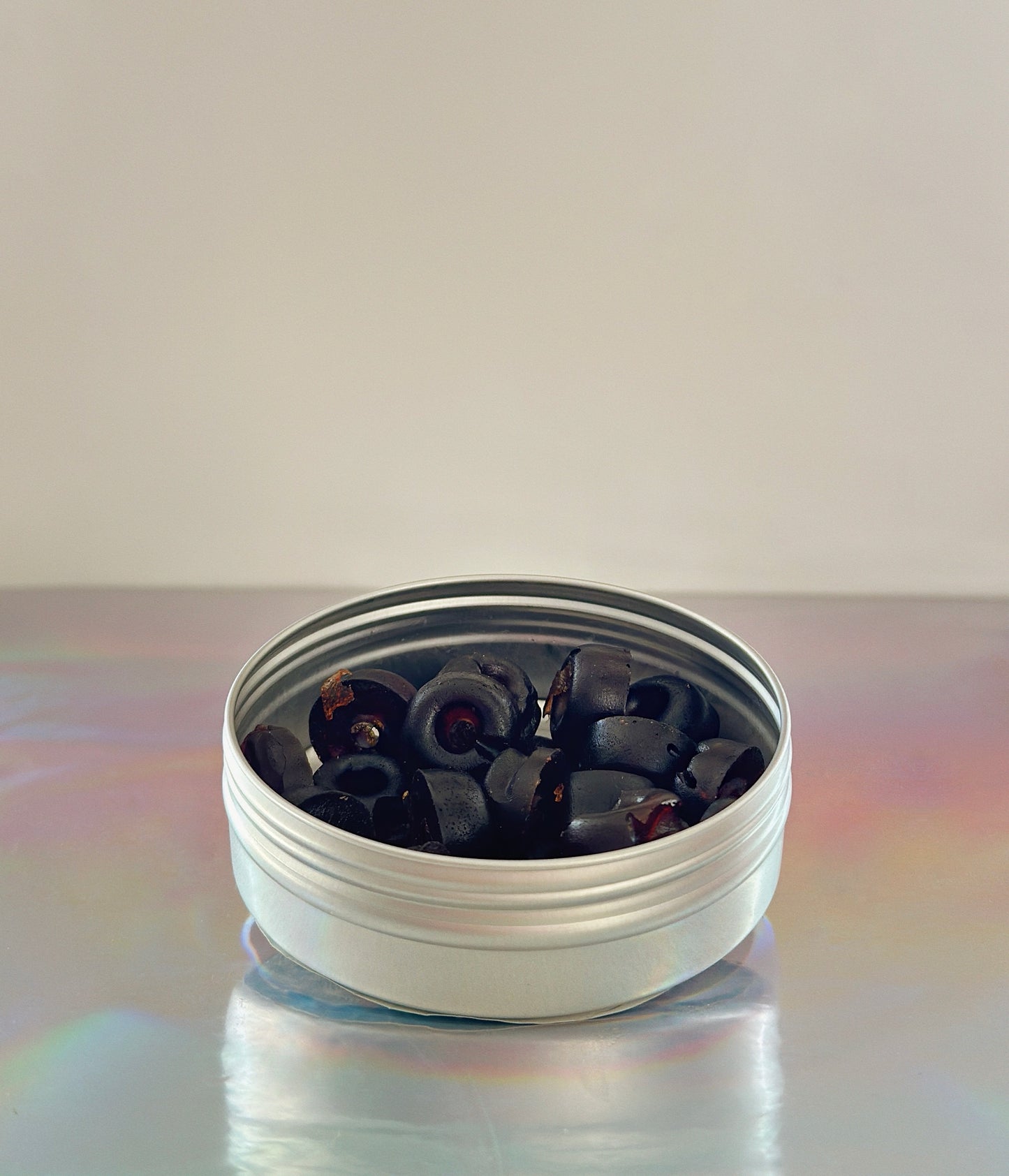
Healing Herbals
Blue Lotus Gummies (L-theanine and Gaba) - Blueberry Flavor
Blue Lotus Gummies (L-theanine and Gaba) - Blueberry Flavor
Couldn't load pickup availability
Blue Lotus Gummies – Infused with Real Blue Lotus Tea
Product Description: Blue Lotus flower (Nymphaea caerulea), also known as Blue Egyptian Lotus, Blue Water Lily, and Sacred Blue Lily, has been cherished for centuries for its unique character and cultural significance.
Our Blue Lotus Gummies are crafted with care, offering a plant-based treat made from real Blue Lotus extract. With their smooth texture and subtle blueberry flavor, they provide a convenient and enjoyable way to experience this time-honored botanical in gummy form.
Ingredients: Agar, Blue Lotus Extract (50MG), Blueberry Fruit Juice, GABA, L-theanine, Cane Sugar, Less than 1% Citric Acid.
Directions: Begin with one or two gummies and wait an hour. If no effects are noticed, adjust as desired.
FDA Disclaimer: These statements have not been evaluated by the Food and Drug Administration. This product is not intended to diagnose, treat, cure, or prevent any disease.
Share




Todo cool

Here at Healing Herbals Store
We carefully select suppliers who share our commitment to environmental stewardship and minimize waste through eco-conscious or reused packaging whenever possible. We prioritize supporting fair labor practices and are currently investing in regenerative farming methods, so every product reflects our dedication to both quality and the health of our planet. Shop now!




